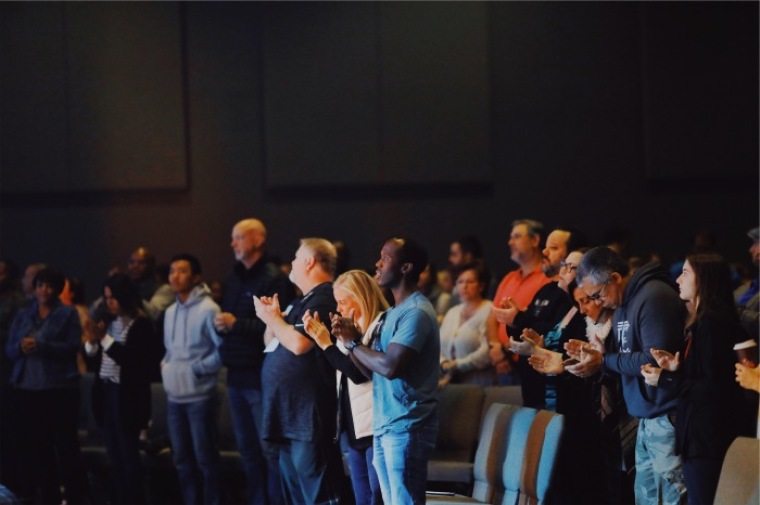Multiethnic church movement is 'not where it should be' despite tripling in past 20 years, Derwin Gray says

Although former NFL-player-turned-megachurch-pastor Derwin Gray did not come from a churched upbringing, he quickly realized that there was something wrong with how church was being done when he began his relationship with Christ in the late 1990s.
After playing football and meeting his future wife, Vicki, during his playing days at Brigham Young University in Utah, it wasn't until late in his professional football career that he and Vicki truly started on their journey with Christ.
Although the 92nd pick in the 1993 NFL Draft ended up playing six seasons as a defensive back — five with the Indianapolis Colts and one with the Carolina Panthers — he won't be most remembered for the impact he made on the gridiron. Rather, it will be the influence he has had as one of the most prominent Christian leaders driving today's multiethnic church movement.
Gray is the founder and pastor of the 3,500-member Transformation Church in South Carolina, a congregation he and his wife launched in 2010 with the idea of building a church where "multiethnic, multigenerational mission-shaped community loves God completely, ourselves correctly and our neighbors compassionately."
While Gray has helped mentor dozens of church leaders across the world as they desire to form their own multiethnic and multigenerational churches, the interracial couple's inspiration for launching the influential Transformation Church in February 2010 was driven by an observation they made when they first started looking for churches to attend.
"What we noticed is that when we would go and attend worship services that the congregations were either pretty much all white or pretty much all black," Gray explained in an interview with The Christian Post.
"It was just weird to us because being from a non-churched background, our friends were multiethnic friends. When we're not Christians and we would go to the nightclub, it was diverse. Our whole life was multiethnic and diverse. Yet when we became Christians, all of a sudden, it was like we had to choose to either enter into the white church world or the black church world."
But in the last 20 years since Gray began building his relationship with the Lord, there has been a steady increase in the number of churches considered to be multiethnic or multiracial (no more than 80 percent of the congregation's members is of one particular race).
According to a Baylor University study released last year, as many as 12 percent of Protestant churches in the U.S. were considered to be multiracial as of 2012, the most recent year in which data was available for the study.
While 12 percent might not seem like much, that figure about triples the number of Protestant churches that were considered multiethnic in 1998.
Multiethnic is how the church is supposed to look, especially in communities that are diverse, Gray says. Christ's parable of the Good Samaritan is a metaphor for how the Church is supposed to look, he added.
"What is beautiful about the story is that the Samaritan people were both gentile and Jew — they were 'half-breeds," Gray explained. "Well, the Good Samaritan is a picture of what the Church is to be. That Samaritan was a multiethnic person and the church is to be a multiethnic church."
Despite this growth in multiethnic churches nationwide, the 47-year-old Gray doesn't think the multiethnic church movement today is "where it should be."
Read more from "Multiethnic church movement is 'not where it should be' despite tripling in past 20 years, Derwin Gray says" on The Christian Post.